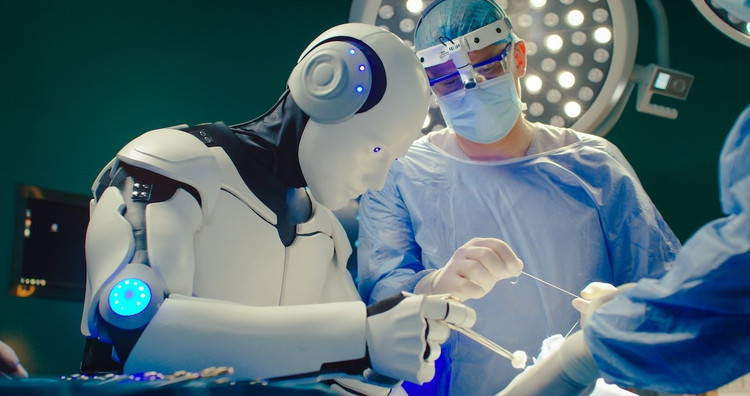
A historic milestone in the medical industry has just been recorded when the world's first automated surgical robot successfully performed a complex surgery with absolute precision and completely without human intervention.
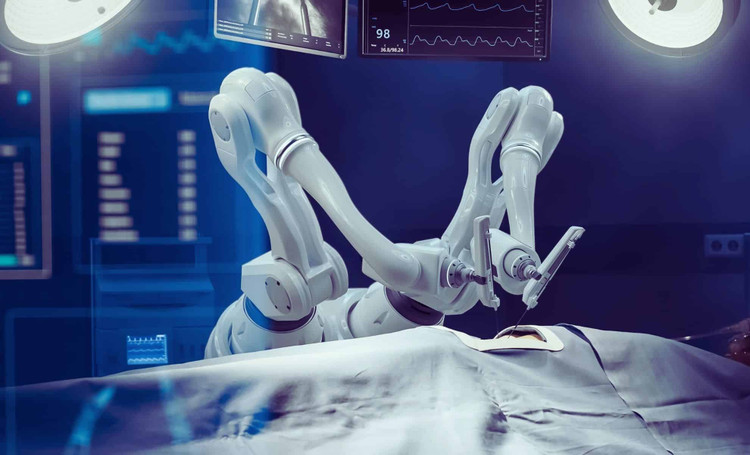
This breakthrough marks a significant step towards a new era in medicine where machines can independently perform sophisticated surgical procedures.
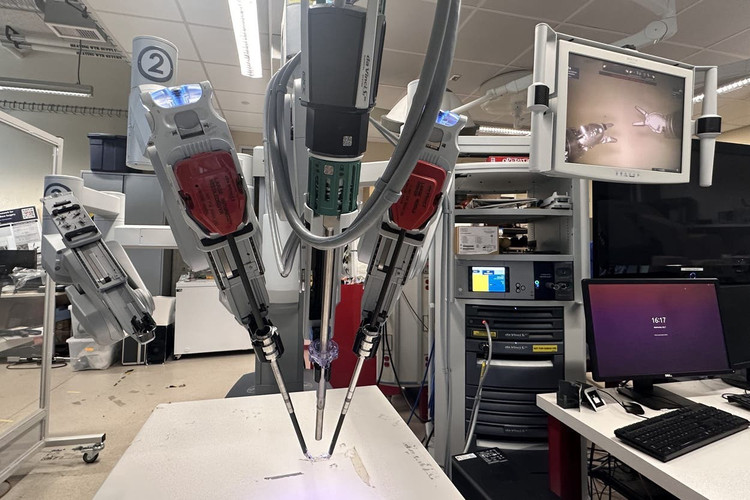
The robot called SRT-H (Surgical Robot Transformer-Hierarchy) developed by researchers at Johns Hopkins University has demonstrated the ability to perform gallbladder surgery with the same level of skill as experienced surgeons.
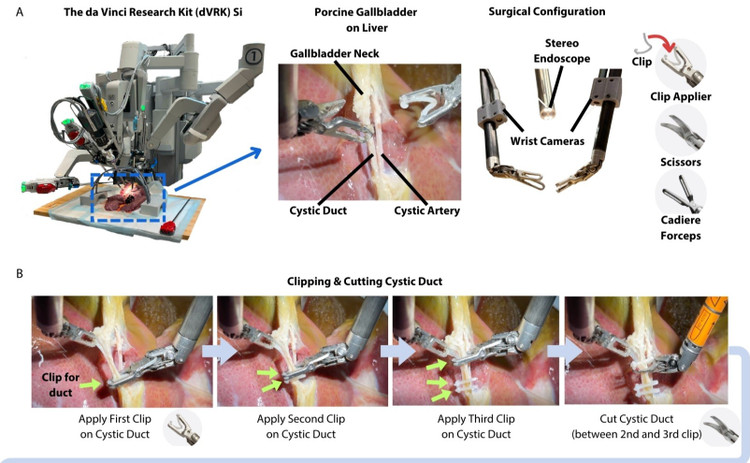
What is special about the SRT-H is its ability to go beyond the limits of traditional surgical robots, not only performing pre-programmed tasks but also being able to react and learn in real time.
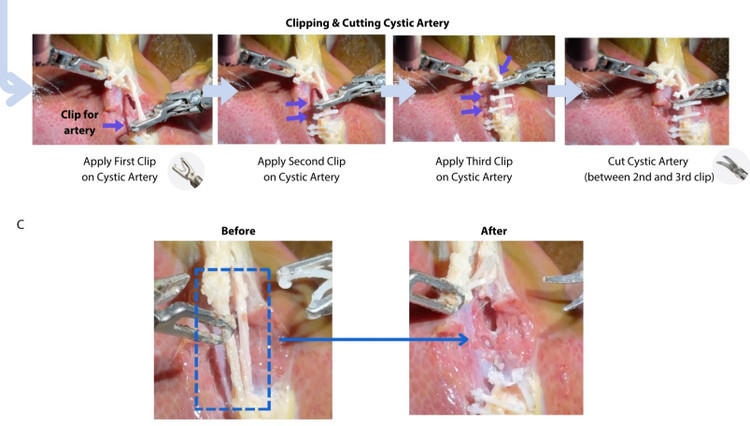
The core technology of the SRT-H is based on an advanced machine learning architecture, similar to that used in AI systems such as ChatGPT. This allows the robot to process voice commands from the medical team and adjust its actions based on real-time feedback. This adaptability is extremely important in addressing unexpected challenges that may arise during surgery.
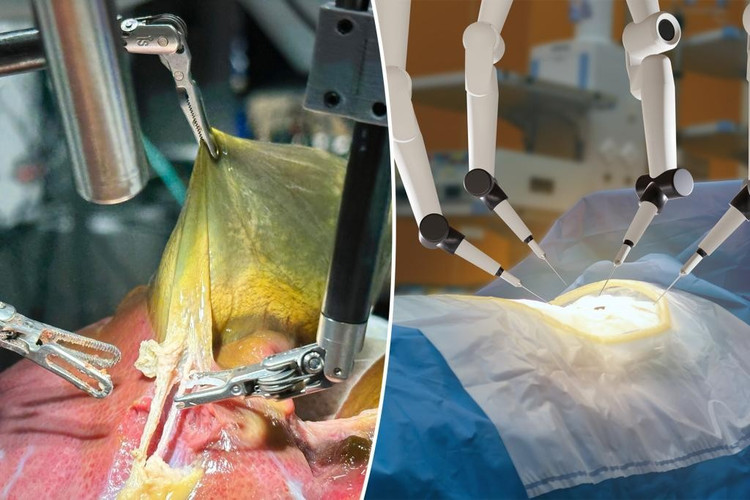
The robot was trained using an AI framework called “language-guided imitation learning,” using videos of human surgeons performing gallbladder removal surgeries on pig cadavers. By analyzing these videos, SRT-H was able to accurately learn and replicate the steps of a gallbladder removal procedure.
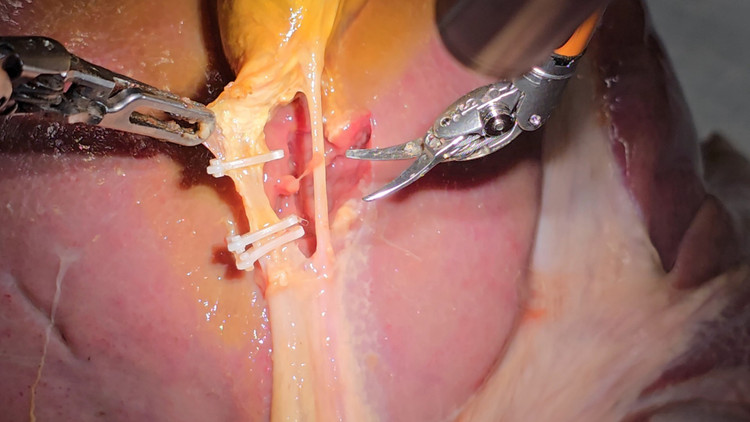
In trials, SRT-H was tested on eight sets of pig gallbladders and livers with diverse anatomical structures, reflecting the differences commonly encountered in human surgery. Separating the gallbladder from the liver is a procedure that takes several minutes and requires the use of a variety of tools, including clamping, cutting, and decision-making and adaptive skills – skills common in real-life surgical procedures.
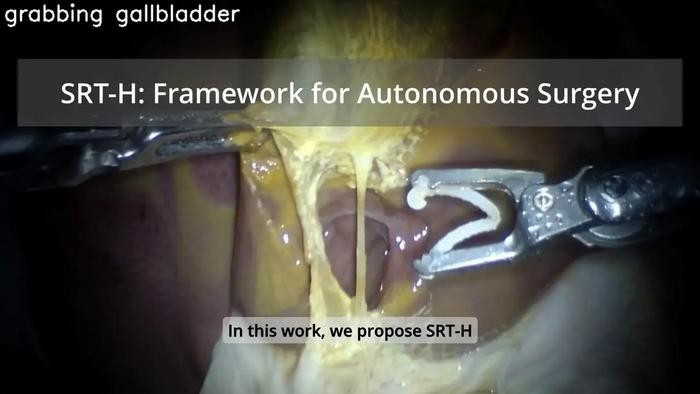
The results impressed the scientific community as the robot achieved 100% accuracy in all the test surgeries. The SRT-H was successful in recognizing tubes and arteries, applying forceps and using scissors with the same precision as a human surgeon. However, the robot took longer to complete the job than a human surgeon.
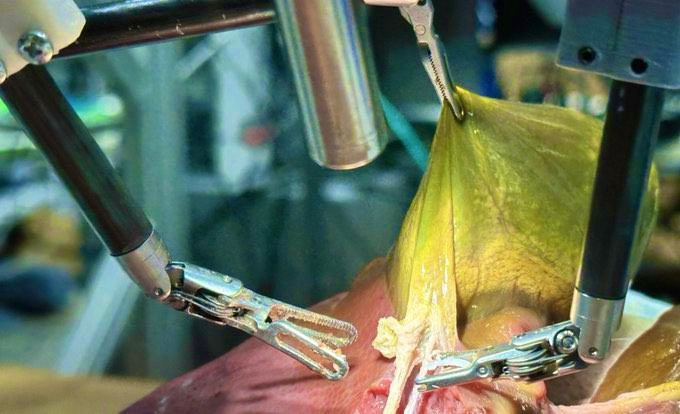
The move from performing individual tasks to actually understanding surgical procedures is a key step, says medical robotics expert Axel Krieger, who led the research. He compares the robot to a self-driving car that can “drive on any road, in any conditions, reacting intelligently to everything it encounters.”
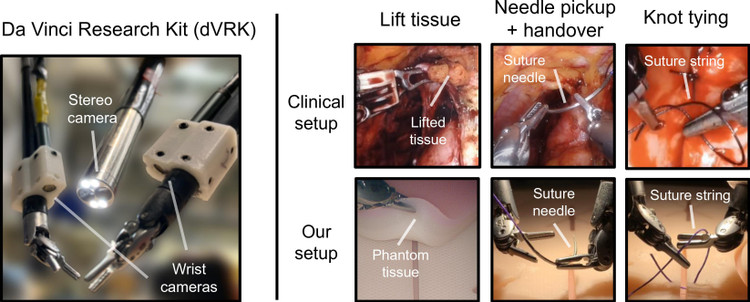
Ji Woong "Brian" Kim, a key figure in the development of SRT-H, emphasized that the reliability of AI models for surgical automation can now be demonstrated. This advancement opens up new possibilities for improving surgical precision and safety, with the potential to revolutionize patient care by reducing human error and improving treatment outcomes.
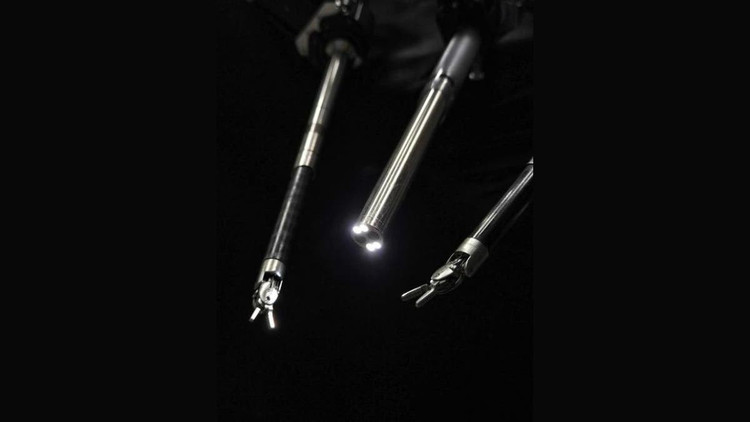
While the SRT-H has been remarkably successful in controlled environments, the robot is not yet ready for use on actual patients. However, its performance in trials has provided a glimpse into the future of surgery, where robots can perform procedures with minimal human intervention.
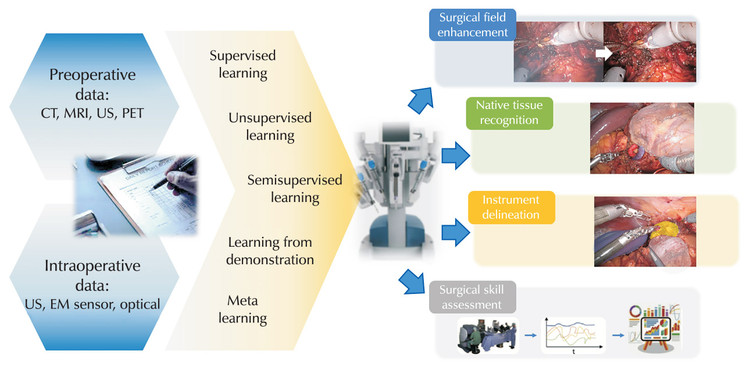
Compared to existing surgical robots like Intuitive Surgical's da Vinci system, which has been FDA-approved since 2000 and has been used in more than 12 million surgeries worldwide, the SRT-H represents a technological leap forward. While the da Vinci system is completely dependent on a surgeon for remote control, the SRT-H can operate completely independently.
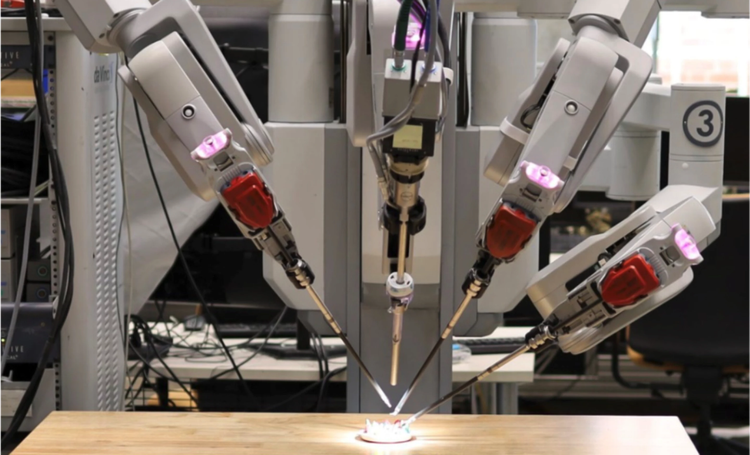
The development team envisions a future where the SRT-H and similar robots are trained to perform a variety of surgeries, further reducing the need for human supervision. In the long term, autonomous surgical robots could help address surgeon shortages, reduce human error, and provide consistent, high-quality care in underserved areas.
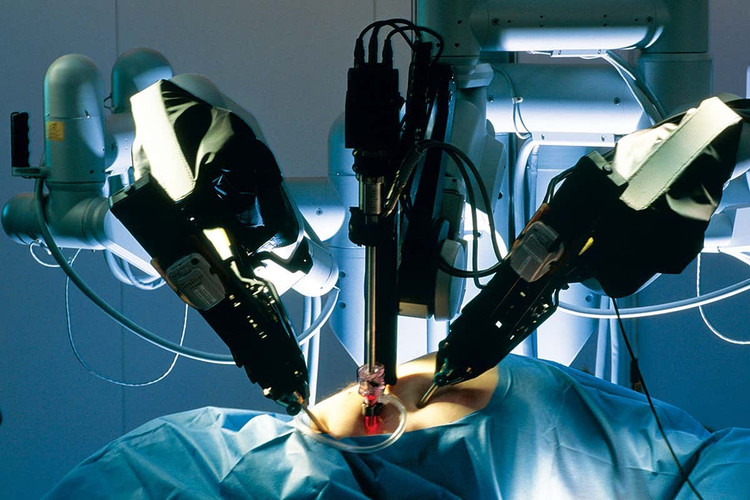
However, moving from controlled models to surgery on real people will require strict oversight and approval from regulatory agencies. Furthermore, relying on automated systems raises questions about legal liability and the role of human surgeons in decision-making.
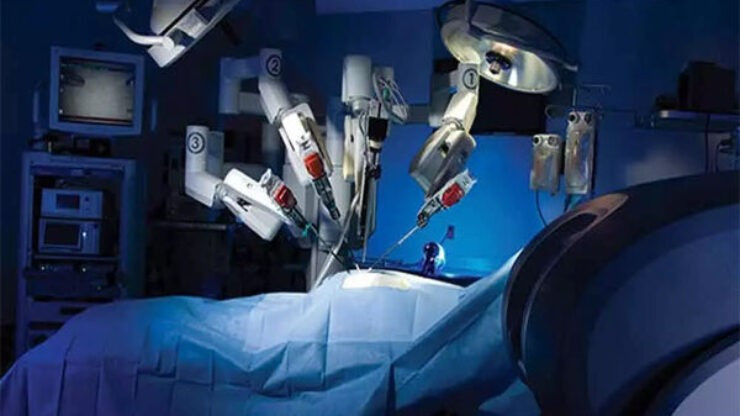
This research was supported by the Health Advanced Research Projects Agency, the National Science Foundation, and the National Institutes of Health. As the surgical robotics industry—currently worth nearly $10 billion annually, with an estimated 2.7 million robotic surgeries performed by 2024—continues to grow, addressing these ethical complexities will be crucial to ensuring that technological advances are consistent with principles of patient safety and care.
Source: https://khoahocdoisong.vn/robot-phau-thuat-tu-dong-khong-mot-sai-xot-post1556217.html


![[Photo] National Assembly Chairman Tran Thanh Man attends the VinFuture 2025 Award Ceremony](/_next/image?url=https%3A%2F%2Fvphoto.vietnam.vn%2Fthumb%2F1200x675%2Fvietnam%2Fresource%2FIMAGE%2F2025%2F12%2F05%2F1764951162416_2628509768338816493-6995-jpg.webp&w=3840&q=75)



![[Photo] 60th Anniversary of the Founding of the Vietnam Association of Photographic Artists](/_next/image?url=https%3A%2F%2Fvphoto.vietnam.vn%2Fthumb%2F1200x675%2Fvietnam%2Fresource%2FIMAGE%2F2025%2F12%2F05%2F1764935864512_a1-bnd-0841-9740-jpg.webp&w=3840&q=75)














![[INFOGRAPHIC] RedMagic 11 Pro, Gaming monster with real water cooling](https://vphoto.vietnam.vn/thumb/402x226/vietnam/resource/IMAGE/2025/12/06/1764992569071_thumb-dien-thoai-redmagic-11-pro-jpg.webp)













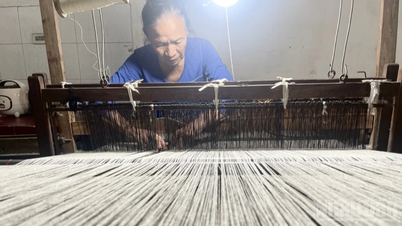






































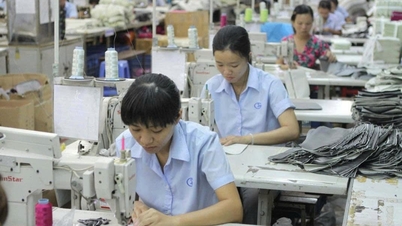





























Comment (0)